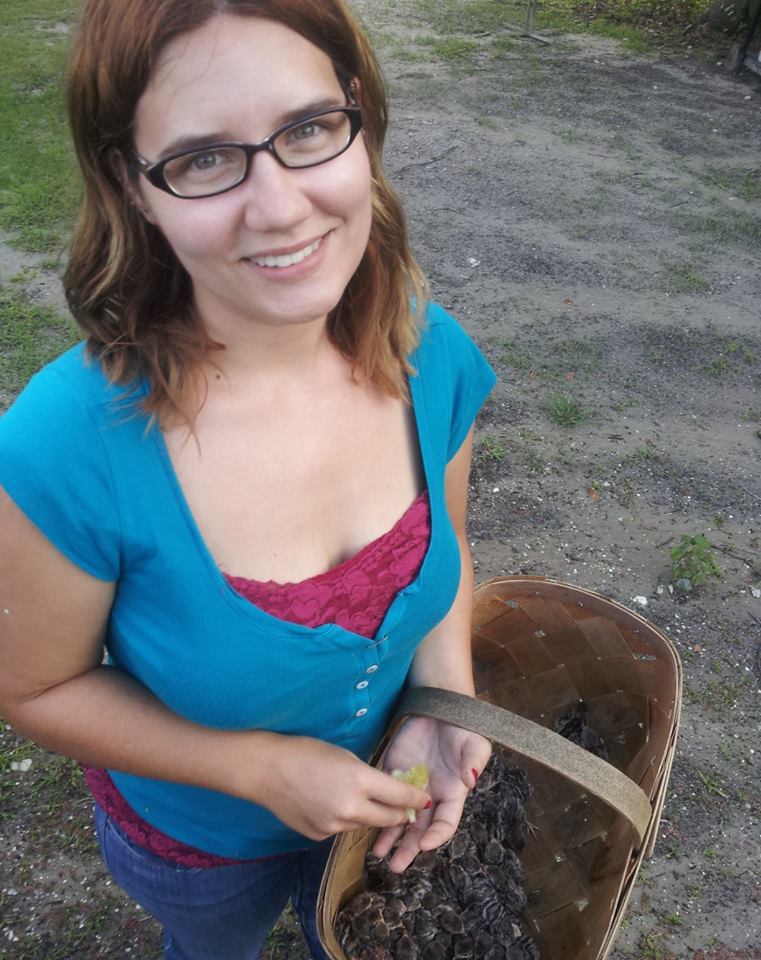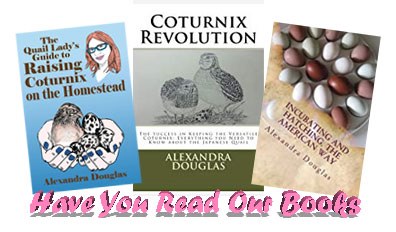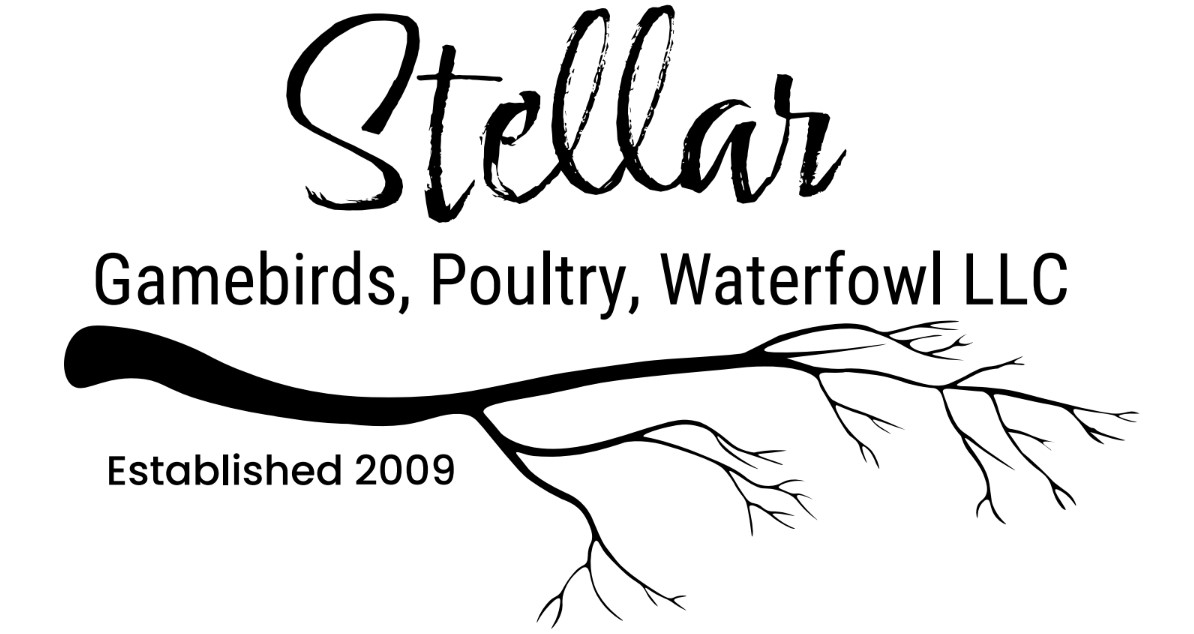When talking about birds, terminology matters. Whether you’re a backyard poultry keeper, a homesteader, or an educator, understanding the proper names for various species, their sexes, and their age groups can prevent confusion and promote clear communication. While nicknames are fun and endearing, sticking to standard terminology is especially important when discussing birds like quail—because no, a male quail is not a rooster.
Let’s dive into the world of bird terminology, starting with an overview of common farm birds and their correct names.
Why Proper Terminology Matters
If you’ve ever joined a poultry group online or attended a farming workshop, you’ve probably heard debates over bird terminology. While some terms are interchangeable within certain contexts, others are species-specific. For example, the term “rooster” is used exclusively for male chickens (Gallus gallus domesticus). Calling a male quail a “rooster” not only leads to confusion but also undermines the unique biology and behavior of quail.
Using accurate terminology ensures we’re speaking the same “language” across the farming, educational, and scientific communities. It also helps when managing and caring for your flock, whether you’re breeding, raising, or simply enjoying your birds.
Why Does Terminology Matter?

Colleges, agricultural programs, and veterinary studies use standardized terminology for consistency. This ensures that when I talk about a quail, for example, you know I’m referring to a specific species like Coturnix and not just a general “small bird.”
This shared language is critical for education, management, and collaboration. It ensures that farmers, researchers, and enthusiasts are speaking the same “language” and managing animals responsibly.
Now, I’m all for creative nicknames (who doesn’t love calling their chickens “fluffy velociraptors”?), but for the sake of education, I’ll be sticking to the proper terms.
Species-Specific Terminology
Quail
Baby: Chick
Male: Cock
Female: Hen
Group: Covey
Quail are small game birds raised for their eggs, meat, or as pets. Unlike chickens, quail males are called cocks, and females are called hens. They’re not roosters or pullets, even though they share some behavioral similarities. A male quail typically has a lighter crow, and their calls are distinct from the loud crowing of a rooster.
Quail are unique in their compact size and fast maturity. They thrive in coveys—a group dynamic that mimics their natural social structure. Proper terminology respects these differences and highlights their uniqueness among poultry.
Quail Are Not Roosters
It’s a common misconception to refer to male quail as “roosters,” but this term is species-specific to chickens. Quail males are called cocks or sometimes males. While they may exhibit territorial or mating behaviors similar to roosters, their anatomy, vocalizations, and role in their covey are distinct.
For example, a quail cock’s crow is softer and less abrasive than a rooster’s crow, and their breeding habits are more aligned with their natural habitat needs. Recognizing these differences helps highlight the unique qualities of quail and fosters better understanding and care.
Chickens
Baby: Chick
Young Male: Cockerel
Young Female: Pullet
Adult Male: Rooster
Adult Female: Hen
Group: Flock
Chickens are the most familiar farm birds, and their terminology reflects their roles. A rooster is an adult male chicken, known for its loud crowing and protective behavior. Young males are called cockerels, and young females are pullets until they start laying eggs, at which point they become hens. Together, they form a flock.
Ducks
Baby: Duckling
Male: Drake
Female: Duck
Group: Raft, Team, or Flock
Ducks are often found waddling around ponds or backyards. The male is called a drake, while the female retains the name duck. A group of ducks can be called a raft, team, or flock, depending on their activity.
Geese
Baby: Gosling
Male: Gander
Female: Goose
Group: Gaggle
Geese are well-known for their loyalty and loud honking. Males are called ganders, females are geese, and their babies are goslings. Groups of geese take on poetic names like gaggle when on land and skein when in flight.
Guinea Fowl
Baby: Keet
Male: Cock
Female: Hen
Group: Confusion
Guinea fowl are excellent pest controllers, and their terminology mirrors that of chickens and quail. Their babies are called keets, and adults are divided into cocks and hens. Groups are often humorously referred to as a confusion, reflecting their noisy and chaotic behavior.
Peafowl
Baby: Peachick
Male: Peacock
Female: Peahen
Group: Muster, Ostentation, or Pride
Peafowl are among the most elegant birds. Males are the show-stopping peacocks, females are peahens, and their young are peachicks. Groups have descriptive names like ostentation or pride.
Turkeys
Baby: Poult
Young Male: Jake
Young Female: Jenny
Adult Male: Gobbler or Tom
Adult Female: Hen
Group: Rafter or Flock
Turkeys have distinct terms for each stage of their life. A baby turkey is a poult, while young males are jakes and young females are jennies. Adults take on the titles of gobbler or tom for males and hen for females.
Bringing It All Together
Understanding the correct terminology for farm birds goes beyond semantics—it’s about respecting their biology and promoting clear communication. Whether you’re raising quail, chickens, or turkeys, knowing these terms can improve your confidence in managing your flock and connecting with others in the farming community.
So, while it’s tempting to call your male quail a rooster, remember: he’s a cock, proudly distinct in his own right.










